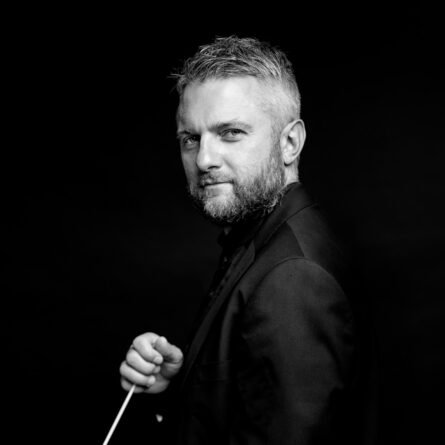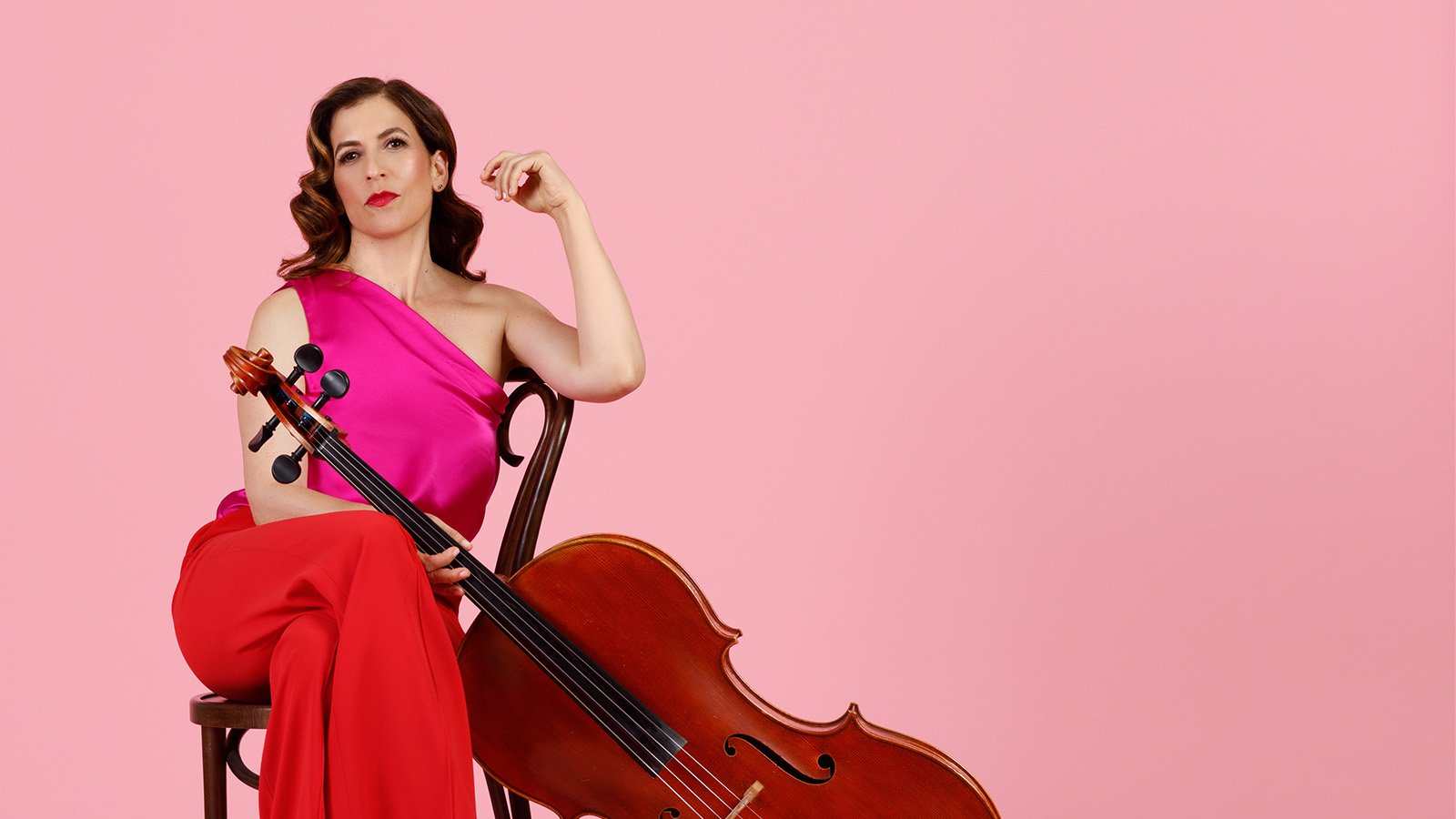Strauss ‘Don Juan’ @ Dallas Symphony Orchestra
—Wayne Lee Gay
For this weekend at least, Dallas becomes a major international center for new music. On Saturday Night at the Winspear Opera House, British composer Joby Talbot's The Diving Bell and the Butterfly closes out its world premiere run with The Dallas Opera. And next door at the Meyerson Symphony Center, the Dallas Symphony Orchestra serves up a pair of major new works, including another world premiere.
For his three-performance appearance as guest conductor of the DSO, Urkrainian Kirill Karabits has chosen to show off new works of two compatriots. Both pieces relate to the current conditions in their war-ravaged homeland. Neither do so in direct, pictorial manner, but rather in broad emotional strokes, relevant not only to Ukraine but to the whole world at this particularly troubled moment. Both new works defy traditional concepts of what a symphonic work should be—but one tends toward light, the other toward darkness.
Victoria Vita Polevá's Symphony No. 4 (The Bell), commissioned by the Dallas Symphony for this world premiere, is actually a hybrid symphony-concerto, prominently featuring a cello solo performed by Israeli-born Inbal Segev. The attachment of the title "The Bell" deliberately invites numerous associations: the composer admits reference not only to bells signaling both war and victory, but also to the Latin noun bellum (war) and the first name of the solo performer of the piece: “Inbal” translates from Hebrew as "tongue of the bell."
Chime-like resonance opens the 22-minute work, and long, extended notes initially dominate. Gradually, orchestra and soloist escape the stretched notes, and the music takes on a radiant quality. As the work glides toward its close, an ascending major scale begins to emerge from the largely atonal palette; this transcendent effect, at once glorious and elusive, slowly dissolves into silence. Conductor Karabits and the orchestra manage the complexities of this new score with apparent ease; soloist Segev conveys impressive virtuosity and personality without undermining or detracting from the overwhelming spirituality of the work.
Composer Anna Korsun's Terricone, the second new Ukrainian work on the program, premiered in Poole, England last February with Karabits conducting the Bournemouth Symphony. The word "terricone" refers to the large artificial heaps of slag or other waste debris formed in mining areas—as in the Donbas region where Korsun was born. Certainly, Korsun's Terricone evokes a sense of massive disaster, ruin, and even horror. As in Polevá's Symphony, tonality is largely irrelevant in Korsun's piece; the composer pushes the orchestra even further afield, introducing a metal chain, a bucket, a railroad tie, and other intriguing percussion effects, while calling on the musicians of the string section to moan. While not actually inflicting pain on the listener, the work musically represents a sense of pain, with sounds that remind the listener of the experience. In an interesting coincidence, while Polevá's Symphony floats an ascending major scale near the end, Korsun subtly introduces a descending scale fragment—and an uneasy aura of decline—near the close of Terricone.
Conductor Karabits bookends the two new Ukrainian works with two standard works by Richard Strauss. The youthful tone poem Don Juan opens the concert exuberantly, and the Suite from Der Rosenkavalier provides a rousing operatic finale. Karabits has created an intriguing collection for the thoughtful listener: while the new Ukrainian works evoke the collective experience of the current ongoing disasters, the Strauss works, with their opulent tunes and rich harmonies, embody the indulgent decadence and highly personal creative explosion of the closing years of imperial Austria.
The orchestra manages the multitudinous challenges of both Strauss works handsomely; Strauss marked the opening passages of both works fortissimo, but Karabits overestimated the volume level needed in the Meyerson in both cases.
Not too many years have passed since the days when both the Dallas Symphony and The Dallas Opera were notoriously conservative in programing; in recent seasons, both organizations have upped their game. In spite of the budget and funding challenges facing all arts organizations since the beginning of the twenty-first century, TDO has scored a number of significant premieres, to the enrichment of the local audience as well as the international opera community. Meanwhile, under music director Fabio Luisi, the DSO continues to enhance its function as a presenter of standard masterpieces of the repertoire (and a few lesser-known gems from the past) along with a generous selection of new works.
The 2023-24 season alone includes five world premieres, an enviable record which one hopes will continue into the future.
WHEN: November 9, repeated on November 11 & 12, 2023
WHERE: Morton H. Meyerson Symphony Center
WEB: dallassymphony.org


